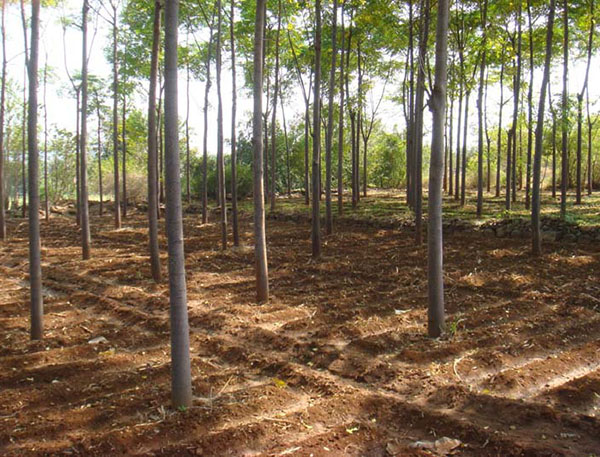
INTRODUCTION
Melia Dubiya is a money spinning tree of short duration. Block planting of 440 trees per acre can ensure a min. Profit of 8 Lakh 80 Thousand every 7th year from an acre. Intercultivation can be done with annual crops in the first 7th year and then spices such as pepper can be grown. Production will be in every 7th – 7th year and Total 7 time’s production in 49 years.
(Ssp group) A large tree, attaining a height of 20 m. with a spreading crown and a cylindrical straight bole of 9 m. length X 1.2-1.5 m. girth found in Sikkim Himalayas, North Bengal. Upper Assam, Khasi Hills, hills of Orissa, N.Circas, Descant and Western Ghats at altitudes of 1500 – 1800 m. It grows rapidly and is used for reforestation purposes. (Troup, I 186: Bur kills, II 1443: Bor, 253) and yields a useful timber.